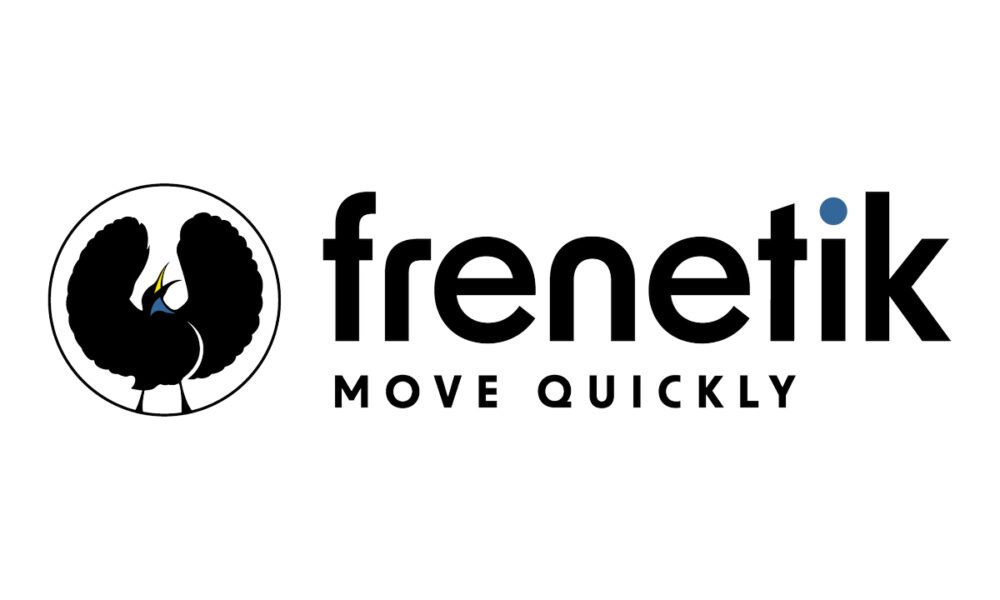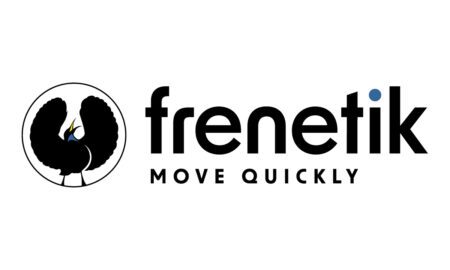Healthcare organizations process millions of medical documents annually, but many arrive in poor condition. Faded faxes, illegible handwritten notes, decades-old patient records, and poorly scanned forms create persistent challenges for extracting critical patient information.
Research published in the Journal of the Royal Society of Medicine found that approximately 15% of medical case notes are so illegible that their meaning is unclear. When healthcare professionals cannot accurately read medical documents, patient safety suffers and operational costs increase.
Traditional OCR technology struggles with imperfect documents. It requires clean, high-contrast text and fails with smudged photocopies, handwritten notes, or degraded records. Modern AI systems offer a different approach, combining computer vision, neural networks, and contextual understanding to extract data from documents that defeat conventional OCR.
Common Quality Issues in Medical Documents
Medical documents arrive in various states of degradation, each presenting unique extraction challenges.
Faded or degraded text is extremely common. Historical patient records feature ink that has faded over decades. Thermal fax paper yellows over the years. Research on information extraction from electronic medical documents notes that faded ink and physical damage significantly hinder recognition accuracy.
Handwritten notes create another complexity layer. Studies examining handwriting in medical records found that surgical departments performed particularly poorly, with some case notes nearly incomprehensible. Different handwriting styles, varying pen pressures, and inconsistent spacing complicate automated extraction.
Poor scan quality compounds problems. Documents arrive skewed, low-resolution, or blurred. When medical records are faxed or photocopied multiple times, each generation loses quality.
Mixed-format documents combine printed letterheads with handwritten notes, typed reports with handwritten annotations, and structured forms with free-text entries. These hybrid documents require systems capable of handling multiple recognition approaches simultaneously.
Physical damage adds another dimension. Coffee stains, tears, crumpled pages, and text obscured by lines or stamps interfere with standard OCR. Studies on healthcare data extraction note that approximately 80% of healthcare information exists in unstructured formats, much of it affected by quality issues.
Why Traditional OCR Fails on Poor Quality Documents
Standard OCR follows a straightforward process: scan, identify character shapes, match patterns, output text. This works for clean documents but breaks down when quality declines.
Template dependency represents a fundamental limitation. Traditional OCR often requires predefined templates to locate specific information. Medical documents from different facilities rarely follow consistent templates.
Context blindness creates critical weakness. Standard OCR recognizes individual characters but lacks understanding of medical terminology or contextual relationships. When faced with ambiguous characters, these systems cannot use surrounding text to make informed decisions.
Handwriting recognition remains particularly challenging. Research demonstrates that accuracy depends heavily on writing clarity, and even advanced systems require human verification for high-stakes medical applications.
Quality thresholds eliminate many documents from automated processing. When traditional OCR encounters low-quality scans or faded text, it either fails or produces highly inaccurate results, forcing organizations to resort to manual data entry.
AI Technologies That Solve Poor Quality Extraction
Modern AI approaches extraction differently, using capabilities that more closely resemble human reading comprehension than simple character matching.
Computer vision provides the foundation. AI-powered computer vision analyzes images at multiple levels, detecting text regions even when backgrounds are noisy, separating overlapping elements, and enhancing degraded areas. Neural networks trained on millions of document images recognize patterns indicating text regardless of quality issues.
Deep learning models bring contextual understanding. When encountering an ambiguous character in a medication name, the system references its knowledge of pharmaceutical terminology to determine the most likely interpretation. This context-awareness dramatically improves accuracy on imperfect documents.
Specialized training on medical documents makes a critical difference. Systems trained specifically on medical records, prescriptions, and clinical notes understand healthcare documentation’s unique characteristics. They recognize medical abbreviations, that physician signatures often accompany prescriptions, and that medication dosages follow specific formats.
Companies like TackleAI have developed proprietary AI models combining generative AI, computer vision, and neural networks specifically for medical document processing. Their systems extract data from documents with faded text, blurred images, or text obscured by lines, conditions that stop traditional OCR completely. The technology handles handwriting recognition through advanced pattern matching, processing medical records at scale and reviewing entire patient files in seconds versus the industry standard of 50 pages per hour.
These AI systems maintain HIPAA compliance while processing sensitive medical information. Purpose-built healthcare AI runs on private infrastructure rather than public cloud services, ensuring medical data remains secure throughout extraction.
Implementation Considerations
Organizations implementing AI-powered extraction should approach the process systematically.
Assess your document quality issues. Categorize problems you encounter most frequently: handwritten notes, faded historical records, or poor quality faxes. Different challenges require different AI capabilities.
Compliance requirements must drive technology choices. Any AI system processing medical records must meet HIPAA standards, including encryption, access controls, and Business Associate Agreements. Verify that solutions maintain SOC-2 certification and run on secure infrastructure.
Integration capabilities determine how easily extracted data flows into existing workflows. Look for solutions offering APIs, standard data formats, and pre-built integrations with common healthcare software like EHR systems.
Quality control mechanisms ensure extraction accuracy remains high. Implement confidence scoring that flags uncertain extractions for human review. Establish audit procedures to monitor accuracy over time.
Cost structures differ across providers. Calculate total cost of ownership including implementation, training, ongoing maintenance, and per-transaction fees. Compare these costs against manual processing expenses to understand return on investment.
Measurable Results
Organizations implementing AI for poor quality document extraction report substantial improvements.
Processing speed increases dramatically. Healthcare staff manually process approximately 50 pages per hour. AI systems review entire patient files in seconds, representing improvements of several orders of magnitude.
Accuracy improvements occur even on challenging documents. While traditional OCR might achieve 60-70% accuracy on poor quality medical documents, advanced AI systems regularly exceed 95% accuracy. For legal applications requiring redaction of Protected Health Information, maintaining high accuracy is critical.
Cost reductions follow from automation. Organizations report processing cost decreases of 90% or more when replacing manual review with AI extraction. These savings come from reduced labor costs, elimination of rework due to errors, and faster processing.
Scalability represents another significant benefit. AI systems handle increasing workloads without proportional cost increases or quality degradation, allowing organizations to process decades of historical records without hiring temporary staff.
Moving Forward with AI Document Extraction
Poor quality medical documents create ongoing challenges, but modern AI technologies provide practical solutions. Systems combining computer vision, neural networks, and medical domain knowledge extract accurate data from documents that defeat traditional OCR approaches.
The key is selecting technology specifically designed for healthcare’s unique requirements. Generic AI tools may work on clean documents but fail with faded faxes, illegible handwriting, and damaged records. Purpose-built solutions, trained on healthcare documents and designed to maintain HIPAA compliance, deliver the accuracy and reliability that patient care demands.
Organizations implementing these technologies report transformative results: processing times in seconds instead of hours, accuracy exceeding manual review, and cost reductions that free resources for patient care. As healthcare continues generating vast quantities of documentation, AI-powered extraction becomes essential for managing information effectively.
Work with a company such as TackleAI for AI-powered extraction specifically designed for healthcare’s toughest document processing problems. Learn how purpose-built technology can transform your document workflows while maintaining complete HIPAA compliance.



































